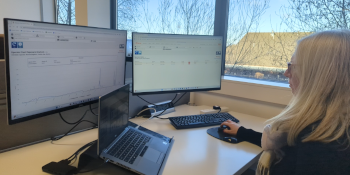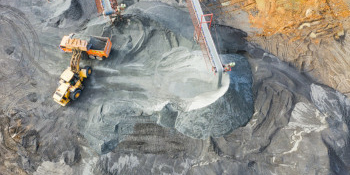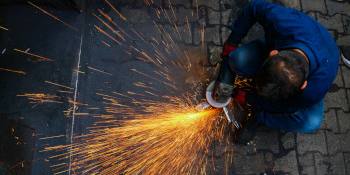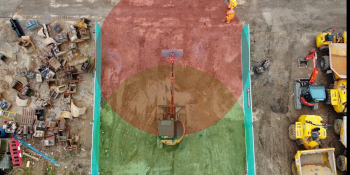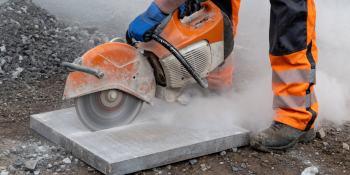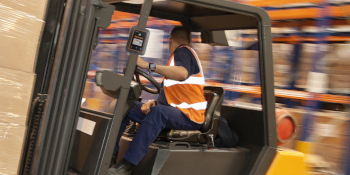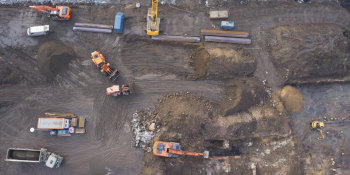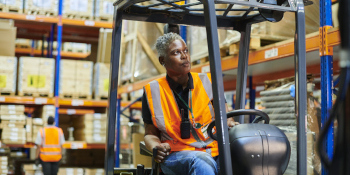Why you should use HAVWEAR to collect approximately right data about your workers’ exposure to vibration
Training for a marathon requires access to reliable data about your heart rate. When you know your heart rate for a given distance or speed, you can use that information to better understand your performance and how to improve it. Most runners use wrist-worn monitors to track their heart rate, and these devices monitor their BPMs (beats per minute) for every second they’re turned on.
But if a runner looked at their heart rate monitor every second, or even every minute, they would likely be distracted or motivated to take action (such as slowing down or speeding up) by incomplete, under-representative data. The reality is that most runners check their monitors a handful times during a given run, and don’t meaningfully evaluate the data until after they’ve completed a series of workouts. At that point, data becomes much more meaningful and offers an athlete a more complete, more useful picture of their performance.
Similarly, obtaining an exact measurement of a worker’s exposure to Hand Arm Vibration (HAV) during a typical workday is not feasible or practical. In direct response to the nature of tool use, the HSE has made it clear that - in order for an organisation to fulfil their legal obligation to monitor their employee’s risk from exposure to HAV - it must carry out a risk assessment that is representative of a workers’ exposure, not one that constantly or exactly measures a workers’ exposure.
The logic behind this approach is borne from the real world: since an exact data set would be impractical to achieve and therefore difficult to act on, a representative data set is adequate to achieve compliance. What’s more: representative data, such as that provided by HAVWEAR, can be used to defend litigation relating to compliance issues, and the HSE itself has supported the use of such tools to verify and improve control measures related to monitoring workers’ exposure to HAV.
HAVWEAR - Reactec’s core technology that’s trusted by thousands of workers throughout the UK - offers actionable information that can be used to refine controls and reduce risk. Individual risk assessments are displayed on the device in real-time, and the data collected by HAVWEAR - including information about whether an individual worker’s exposure threshold has been reached - is easily collated and disseminated to duty holders to support appropriate, informed risk reduction initiatives.
Unlike prohibitively expensive assessments carried out by specifically trained technicians, HAVWEAR provides data to duty-holders in a way that’s accessible, and straightforward. Historically, companies have turned to expensive assessments of their workers’ exposure to vibration in an effort to stay (or to become) compliant. But because these assessments are costly and time consuming, they aren’t conducted with the frequency required to provide an amount of data that could be considered representative, or reliable. The result is wasted time, money, and opportunity.
HAVWEAR, on the other hand, provides the information that a company needs in order to meet its compliance obligations; i.e. to collect suitable and sufficient data, and it does so in a way that’s uncomplicated, and efficient.
The principle that more approximately right data is more useful and more applicable than data which is exactly wrong can be applied beyond HAVWEAR and extends also to Reactec’s approach to noise and dust monitoring, as well as our tools designed for safe proximity and exclusion zones.
Tools that give you the knowledge you need to understand and address an issue.
Tools that help you work smarter.
Tools that help you become more exact, and less exactly wrong.

